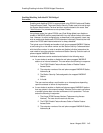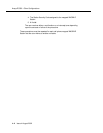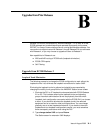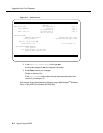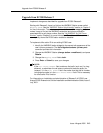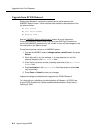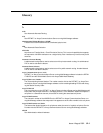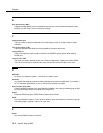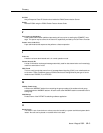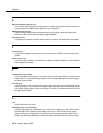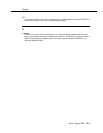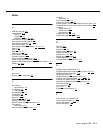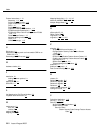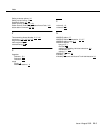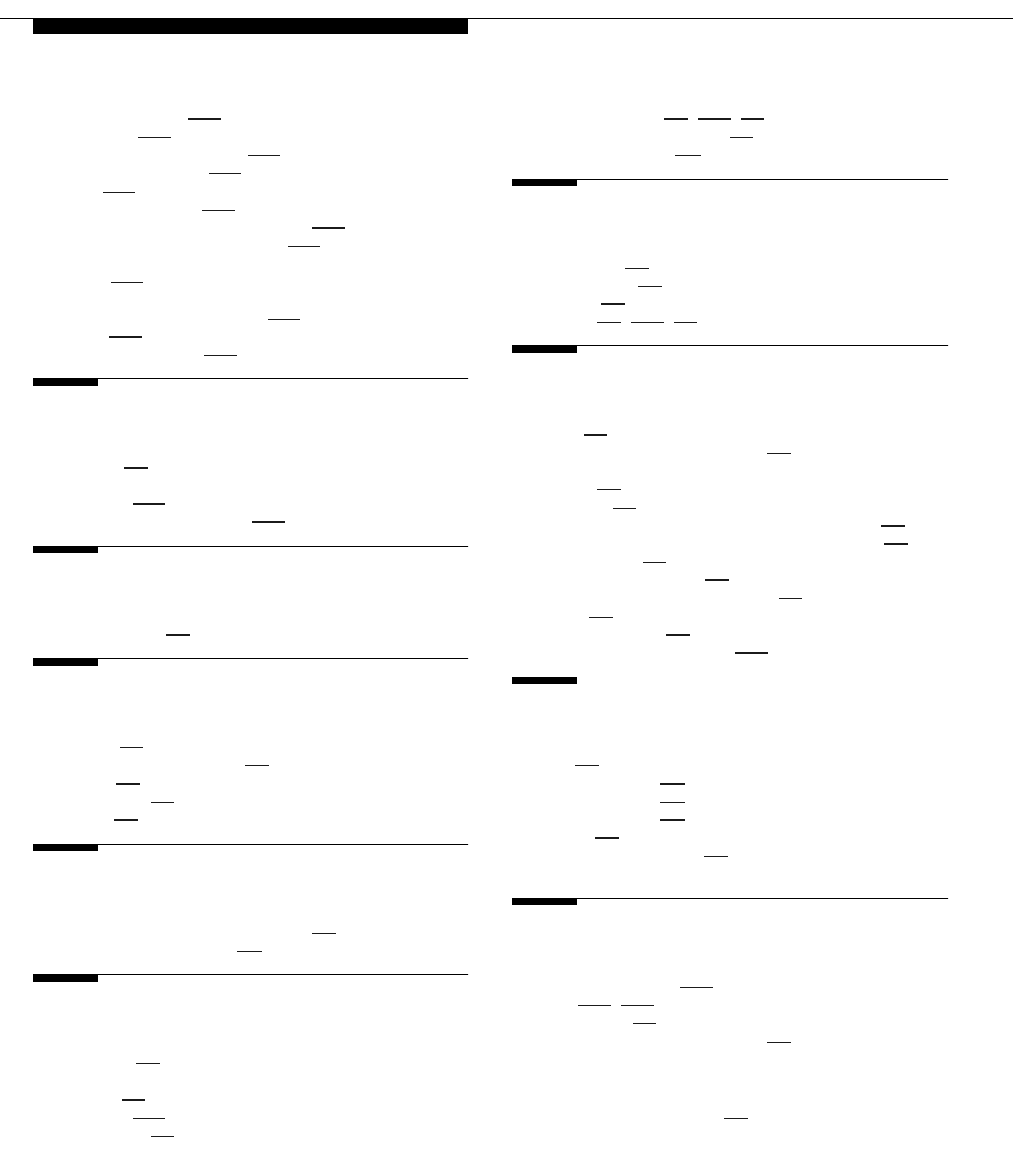
Index
IN-2 Issue 4 August 2002
Feature Interactions, 1-13
Attendant, 1-13
Cellular Service Provider, 1-13
Class of Restriction, 1-14
DCS, 1-14
Distinctive Alerting, 1-14
Duplication Station Administration, 1-14
EC500 Activation/Deactivation, 1-14
EC500 with Office Caller ID calling another EC500
user
, 1-14
Feature Access Codes, 1-15
Message Waiting Indication, 1-15
QSIG, 1-15
Unified Messenger, 1-15
G
G3 Version, 2-1
Generating outgoing trunk and intra-switch CDR for an
EC500 call
, 3-21
Generating two CDR records, 3-23
H
hardware checks, 6-2
I
installation, 2-1
setting customer options, 2-1
testing, 4-1
installation test, 4-1
ISDN-PRI, 2-1
L
List Mappings by Cell Phone Number, 5-3
Loopback trunk elimination, B-1
M
maintenance, 5-1
busy out, 5-1
release, 5-1
making calls, 1-12
Mapping Mode, 3-5
Mapping Mode field, 1-5, 1-12, 3-5
Maxmum XMOBILE Stations, 2-1
Multiple Bridge Mode, A-1
O
office caller ID, 3-3
Officer Caller ID, 1-5
Origination, 3-5
origination, 1-4, 1-12, 3-5
P
planning, 2-2
Avaya EC500 Access Number, 2-2
Change Station Security Code Feature Access
Code
, 2-2
Dial Plan, 2-2
EC500 Enable/Disable Feature Access Codes, 2-2
Enabling and Disabling Feature Access Codes, 2-3
requirements, 2-2
Station Security Code, 2-2
Telecommuting Access Number, 2-2
platforms, 2-1
platforms supported, 1-3
Post Connect Dialing Options, 3-22
R
release, 5-1
Release 1 upgrade, B-4
Release 2 upgrade, B-3
Release 3 upgrade, B-1
Release 4, 1-2
release station command, 5-5
routing for EC500, 1-7
S
Scheduler Application, 1-16
security, 1-10, 3-24
Security Codes, 2-3
Avaya EC500 Access Number, 2-3
Station Security Codes
Security Codes
Station Security Code Change Feature Access
Code
, 2-3



